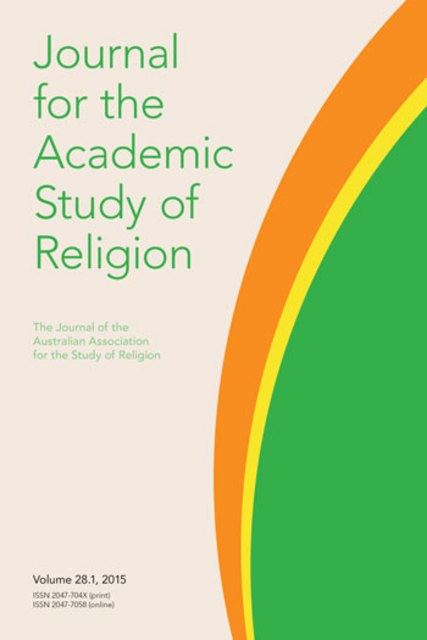What Might an Islamist Gender Discourse Look Like?

Full description
This paper attempts to review some of the arguments that lie beneath the gender discourse of Egyptian Islamists and argues that, contrary to common perceptions, and in spite of their fundamentalist understanding of Islam, modernity is influencing Islamist discourses on gender. Egyptian Heba Raouf Ezzat’s gender discourse, for example, is indebted to new feminist critiques of the Islamic tradition. The Islamist discourse on gender becomes, therefore, a modern construct that tries to bridge the gap between tradition and modernity and to reconcile two sets of principles: the traditional and patriarchal religious conception of women’s nature, role, and rights, and the new modern understanding of Muslim women’s social and political roles. In what follows, we will present Ezzat’s criticism of feminism and her own Islamic feminist project, which is best illustrated with her own understanding of Islamic methods of reformation in Islam and of religious interpretations, and her understanding of a non-binary gendered space.
- typeImage
- created on
- file formatjpeg
- file size24 KB
- container titleJournal for the Academic Study of Religion
- creatorRoxanne D. Marcotte
- issn2047-7058 (online)
- issue19.2
- publisherEquinox Publishing Ltd.
- publisher placeSheffield, United Kingdom
- rightsEquinox Publishing Ltd.
- volume
- doi
We use cookies to analyze our traffic. Please decide if you are willing to accept cookies from our website. You can change this setting anytime in Privacy Settings.
